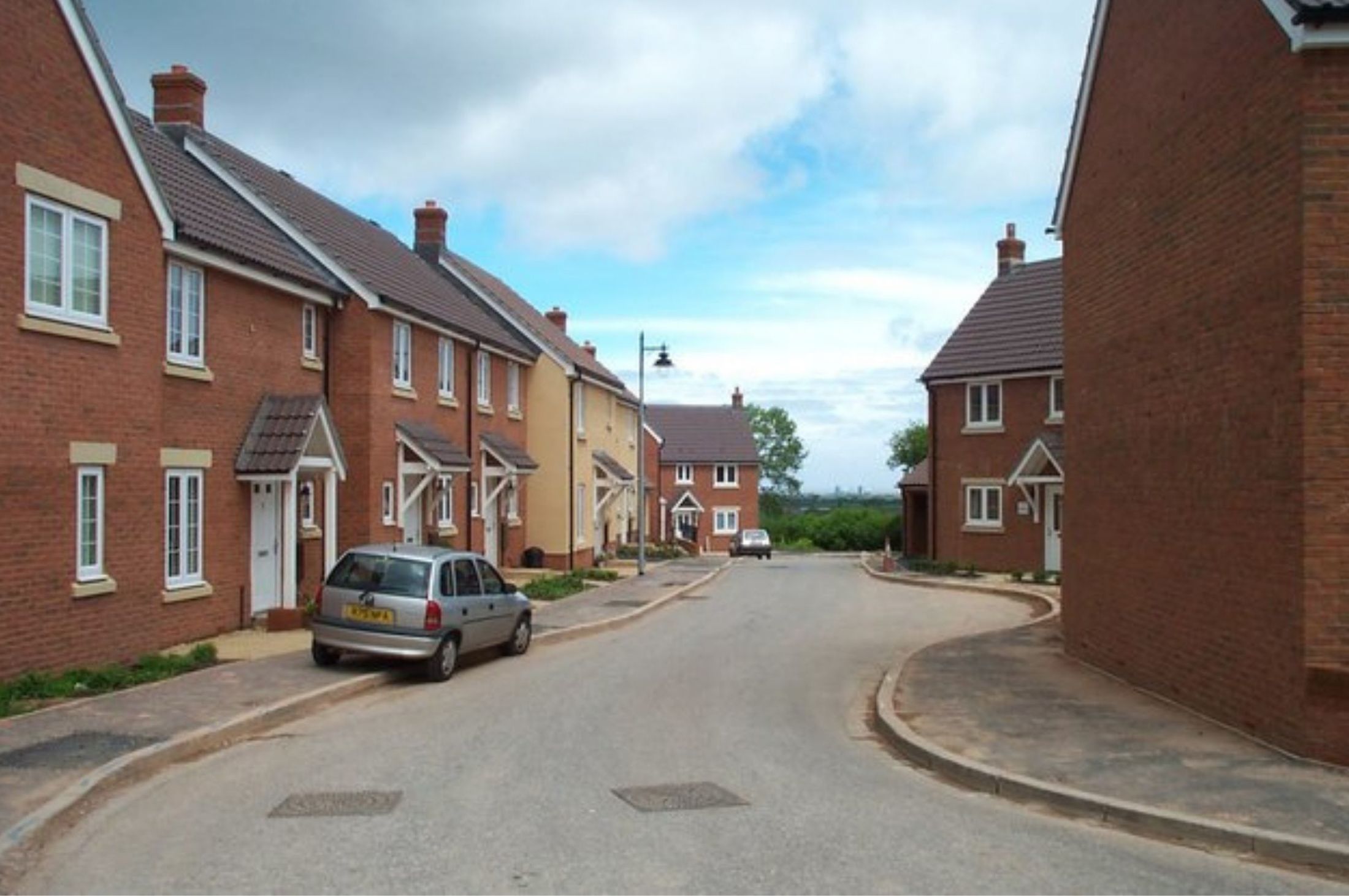On the 12th March the government published a policy paper ‘Planning for the Future’ which sets out its plans for housing and planning following announcements in the 2020 Budget.
The paper starts with a reaffirmation of its support for home ownership and its commitment to re-building a home owning Britain. It also promises that young people and future generations will have the same opportunities as those who came before them.
The Government set out its plan for four publications:
- A new White Paper on planning reform
- A building safety bill
- A renter’s reform bill
- A social housing white paper
The government acknowledge that it does have a role to ensure security of tenure for those who do not own their own homes and the need to prevent homelessness and build more affordable homes. A social housing white paper will look at social housing and the needs of tenants while the building safety bill will ensure tighter building control and possibly reforms of the system to prevent a repeat of Grenfell.
The government wants to promote more development where it is needed. New proposals include:
- Encouraging increased densities in urban areas
- £400m for brownfield regeneration
- Creation of a national brownfield map and a call to build above railway stations
- Changing the formula to calculate local housing need in and around urban areas to deliver 300,000 new homes
- New permitted development rights to build upwards on existing buildings by the summer of 2020
- Consultation on new permitted development rights to allow demolition of existing vacant commercial, industrial and residential buildings and their replacement with well- designed new residential units
- Support for self-build and community construction
- Support for the Oxford Cambridge Arc including a new spatial development framework and up to 4 new development corporations
The government wants to ensure that sufficient land is available to deliver homes where they are needed:
- All LPAs to have an up to date Local Plan in place by December 2023
- Raising the housing delivery test to 75% in November 2020
- Reforming the New Homes Bonus
The government pledge a commitment to ‘infrastructure first’
- Investing in infrastructure to unlock up to 70,000 new homes
- Creating a new £10bn single Housing Infrastructure Fund
The government want to speed up the Planning system by:-
- Maximising the potential of new technologies
- Reforming planning fees to ensure that planning authorities are properly resourced.
- Rebates where planning applications are successful on appeal
- The government will act to make it clearer who owns land to encourage the build out of sites
- Expanding the use of Local Development Orders to simplify granting of planning permission in selected areas.
- Improving the effectiveness of Compulsory Purchase Orders to aid land assembly and infrastructure delivery
The government wants to help first time buyers by:
- The ‘First Homes Scheme’ will lower the cost of many new homes by a third and the discount will be locked into the property in perpetuity
- Help to create fixed rate long term mortgages
- Creation of a new national shared ownership model
The Government also wants to build better, more beautiful places by:
- Revisions to the NPPF to embed the principles of good design and place making
- Respond to the Building Better, Building Beautiful commissions report
- Using the National Model Design Code to promote the production of local design codes and guides.
- Review the policies regarding building in flood zones
- Introduction of a Future Homes standard reducing carbon emissions from new homes by 80%
- Establishing a net zero development around Toton between Derby and Nottingham.
This list of proposals is ambitious but there is no mention of regional or strategic planning which has the potential to direct development to where it is really needed. However the ambition is to be welcomed, but some of the proposals such as building upwards run counter to improved building safety, heritage restrictions and other constraints and may be limited to very specific locations.
Jonathan Jenkin, Managing Director, Planning & Design Practice Ltd





